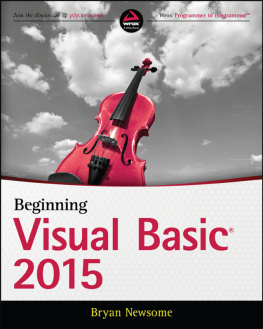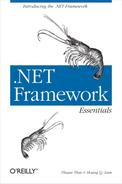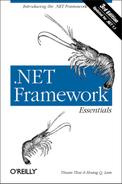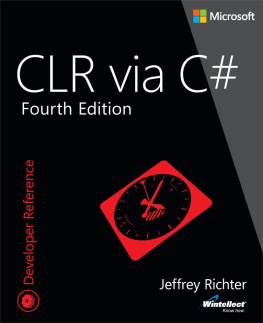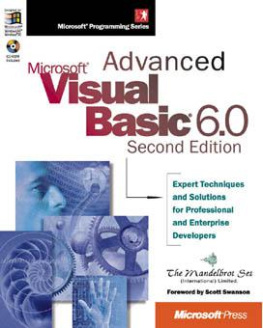Albahari Ben Drayton Peter Merrill Brad - C# Essentials
Here you can read online Albahari Ben Drayton Peter Merrill Brad - C# Essentials full text of the book (entire story) in english for free. Download pdf and epub, get meaning, cover and reviews about this ebook. City: Sebastopol, year: 2010, publisher: OReilly Media, Inc, genre: Computer. Description of the work, (preface) as well as reviews are available. Best literature library LitArk.com created for fans of good reading and offers a wide selection of genres:
Romance novel
Science fiction
Adventure
Detective
Science
History
Home and family
Prose
Art
Politics
Computer
Non-fiction
Religion
Business
Children
Humor
Choose a favorite category and find really read worthwhile books. Enjoy immersion in the world of imagination, feel the emotions of the characters or learn something new for yourself, make an fascinating discovery.

- Book:C# Essentials
- Author:
- Publisher:OReilly Media, Inc
- Genre:
- Year:2010
- City:Sebastopol
- Rating:3 / 5
- Favourites:Add to favourites
- Your mark:
C# Essentials: summary, description and annotation
We offer to read an annotation, description, summary or preface (depends on what the author of the book "C# Essentials" wrote himself). If you haven't found the necessary information about the book — write in the comments, we will try to find it.
Abstract: Concise but thorough, this second edition of C Essentials introduces the Microsoft C programming language, including the Microsoft .NET Common Language Runtime (CLR) and .NET Framework Class Libraries (FCL) that support it. This book?s compact format and terse presentation of key concepts serve as a roadmap to the online documentation included with the Microsoft .NET Framework SDK; the many examples provide much-needed context. This new edition has been updated to cover the final release of the C language. In addition to overviews of C, the CLR, and the FCL, this new edition of C Essential
Albahari Ben Drayton Peter Merrill Brad: author's other books
Who wrote C# Essentials? Find out the surname, the name of the author of the book and a list of all author's works by series.

